Military
Brazil Has Twice the Artillery Firepower of Any Nation in South America

Published:

24/7 Wall St. Insights:
It’s no secret that Brazil has the largest military force in South America, but the magnitude that it has its neighbors outgunned is another story. Apart from possessing the largest standing army, Brazil also has the largest artillery force by a huge margin.
The Brazilian Army operates a range of artillery systems including basic towed and self-propelled units, as well as more sophisticated Multiple Launch Rocket Systems (MLRS).
Among these is the M109A5 155mm self-propelled howitzer, which offers mobility and firepower. Complementing this is the M101 105mm towed howitzer, which has been a staple artillery unit for decades. (These are the countries with the most towed artillery.)
Brazil also developed its own MLRS domestically. The ASTROS II is a highly versatile rocket system can fire multiple types of rockets and missiles. It is actually being sold on the world stage and has found popularity with other nations as well.
Brazil’s tank force is anchored by the Leopard 1 main battle tank, acquired from Germany. This tank offers solid mobility and firepower with its 105mm gun. Brazil also operates its domestically produced EE-T1 Osorio.
Separately, the Brazilian Navy is one of the strongest and largest naval forces in the region with over 4,600 miles of coastline to patrol. The Navy is also working on its first nuclear submarine, which would elevate its military might even further.
At the same time, Brazil is focused on modernization efforts within its air force. Currently there are nearly 100 Gripen E fighter jets on order, which will further enhance Brazil’s air power.
While Brazil has somewhat unparalleled firepower on the continent, its neighbors have big guns as well. Here, 24/7 Wall St. is taking a closer look at the artillery firepower on the South American continent. (This country built an unmatched artillery arsenal of nearly 15,000 weapons.)
To identify the South American countries with the most artillery units, 24/7 Wall St. reviewed 2024 Military Strength Ranking from Global Firepower, an annually updated defense-related statistics website with information on 145 countries. Countries were ranked on the total number of artillery units in their arsenal. We included supplemental information regarding the total military vehicles, tanks and MLRS units, as well as each country’s overall military strength score. Countries with no artillery were excluded.

Understanding the military dynamics of South America is important considering the region’s evolving geopolitical landscape and its strategic importance. Historically, South America has experienced internal conflicts and border tensions, but its military presence is now key in maintaining regional stability and security.

Currently, Paraguay reportedly has 28 artillery units that are all towed. It has around 2,000 military vehicles and 10 tanks as well. While Paraguay doesn’t have a large or powerful military, as it has about 2,000 active personnel.
For some historical context, after gaining independence in 1811, Paraguay’s military played a big role in the country’s defense, especially during the War of the Triple Alliance in the later 1800s. Since then, the military became more involved in state affairs, especially during the 20th century. And like many other South American countries, Paraguay’s military has been closely tied with its politics.
This led to the dictatorship of General Alfredo Stroessner, who took control in 1954 and ruled until 1989. It wasn’t until Stroessner was overthrown that Paraguay began its slow journey back to democracy, diminishing the influence of the military over the years.
As it stands now, the Paraguayan military is now more internally focused on defense and maintaining security within the country. And as such, Paraguay doesn’t need a large force to accomplish its objectives.
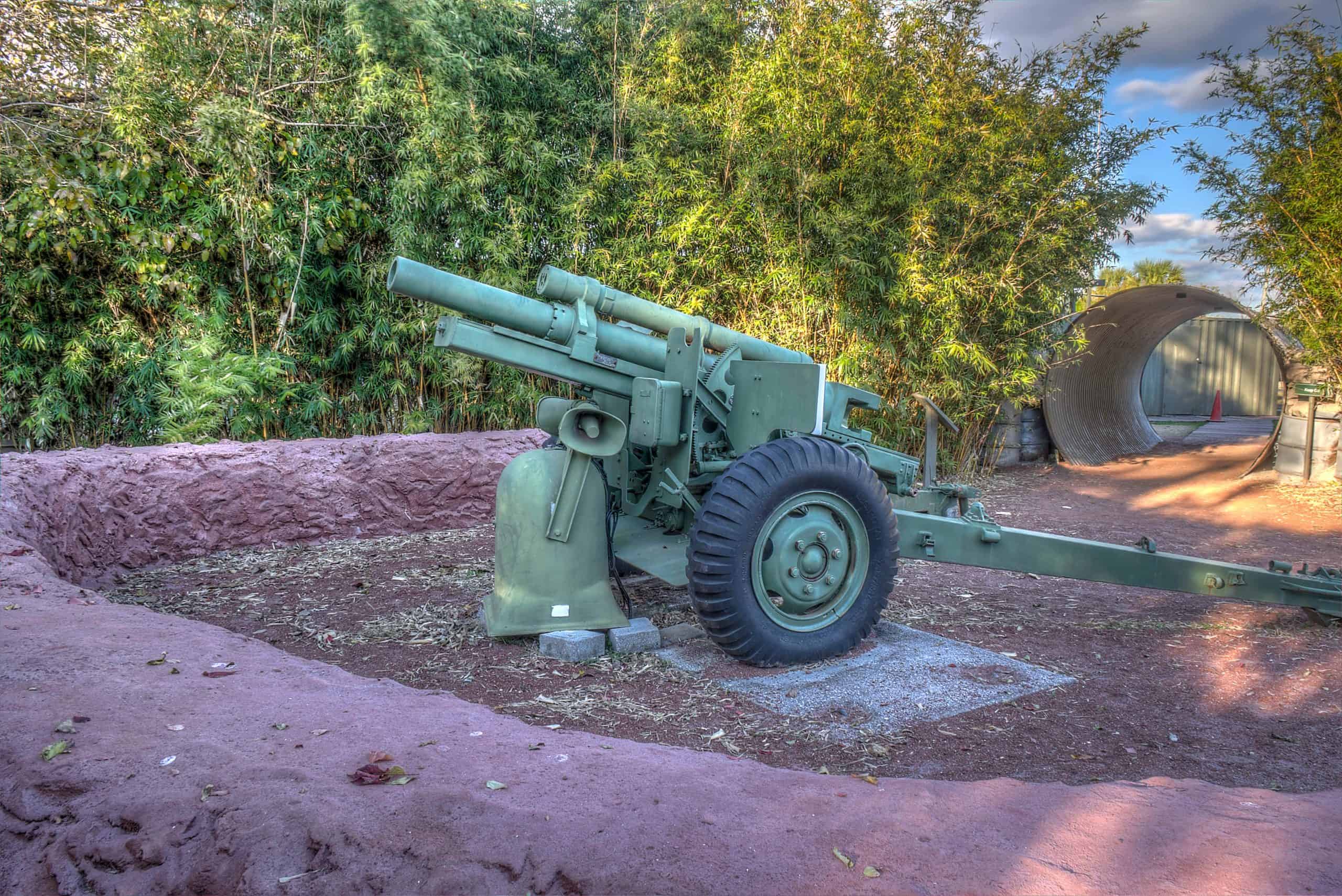
Currently, Bolivia’s military includes about 55 artillery units, all of which are towed. This is complemented by 450 military vehicles and 54 tanks. The arsenal has no MLRS units to speak of.
Bolivia’s military has played a central role in the direction of the country since gaining its independence in 1825 from Spain. The War of the Pacific was a notable moment in military history for the country as it lost its Pacific coastline to Chile in 1884. The military would go on to be heavily influential on the country’s direction in the 20th century.
During this time, the Bolivian military frequently intervened in politics, with multiple coups and military governments. One of the most significant periods of military rule was under General Hugo Banzer, who led a dictatorship from 1971 to 1978. However, a return to democracy in the early 1980s would also come with a weaker military influence.
This shift repurposed the military’s role to be more focused on national defense and internal security.

Uruguay reported has 77 total artillery units with the majority being towed units. The country has about 4,000 military vehicles and 40 tanks. However, Uruguay does have a handful of MLRS units. It has a standing army of about 25,000 active personnel.
In the 20th century, Uruguay was subject to military rule, most notably during the Bordaberry dictatorship starting in 1973, when the military seized control of the government in response to political instability. Democracy was restored in 1985, and like Suriname, the government moved to reduce the influence of the military.
One of the main shifts from the militaristic rule was repurposing Uruguay’s armed forces to a more passive and defensive role. Instead of trying to project power, Uruguay’s military is typically more involved in disaster relief, peacekeeping missions, and internal security.
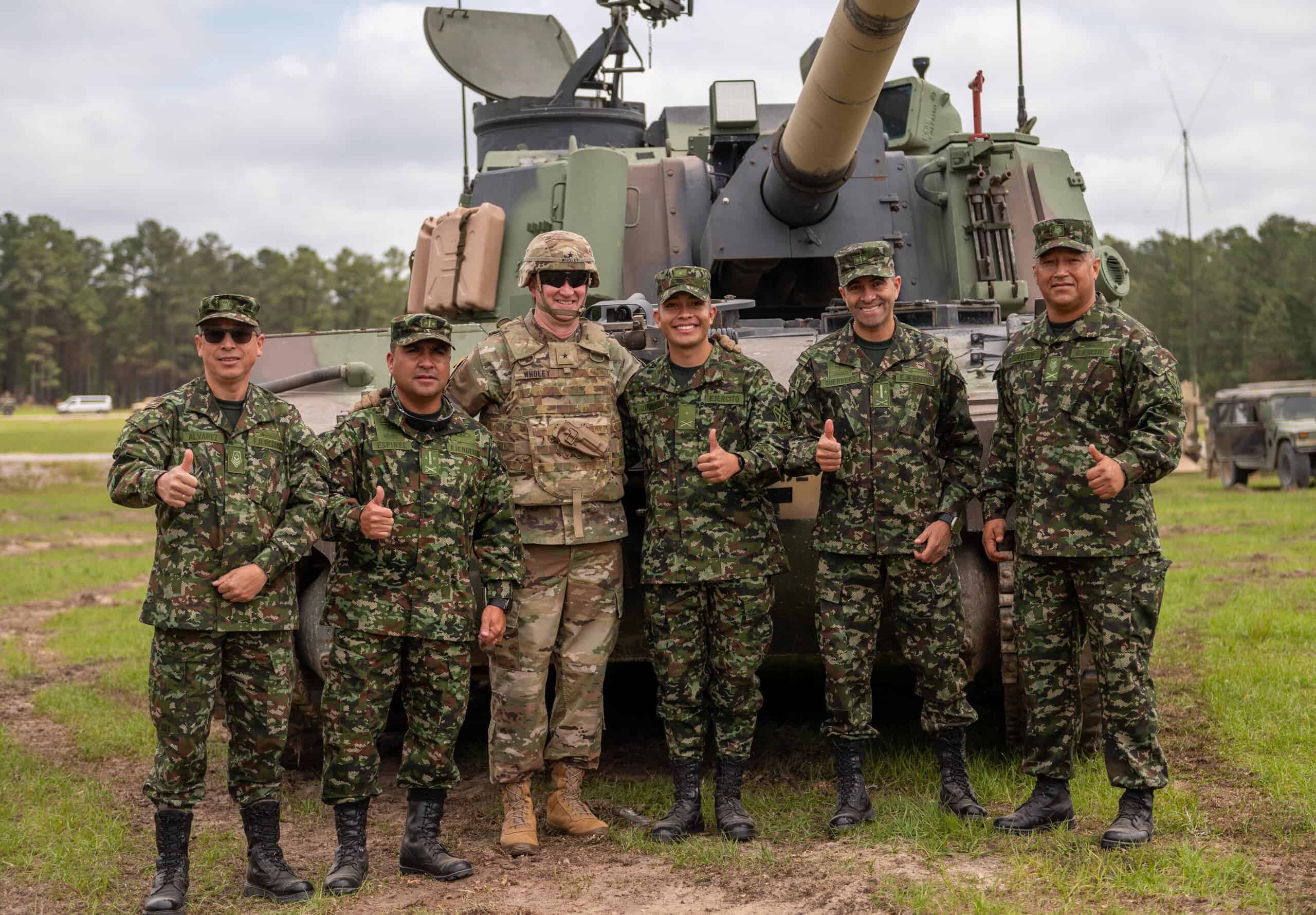
As it stands now, Colombia has over 100 artillery units, with a majority being towed units. Reportedly, the country has no tanks and no MLRS units. It has roughly 2.700 military vehicles and over 290,000 active military personnel. Outside of this force, Colombia is also home to one of the largest navies in South America as well.
Colombia’s military has played a significant role in shaping the country’s politics, and even now it is one of the largest forces in South America. While other nations are mainly focused on peacekeeping and national security, Colombia has a very distinct focus on counterinsurgency and jungle warfare.
For decades Colombia’s military has been fighting against far-left guerrilla groups like the FARC and ELN. The military has been in conflict with FARC since the 1960s, until recently when the group signed a peace agreement and disbanded. The ELN still continues to carry out attacks, and is considered to be one of the last guerrilla groups active in Colombia.
Currently, Colombia’s military continues to fight drug cartels and protect its borders. While it does some international peacekeeping missions, its focus is mainly internal.
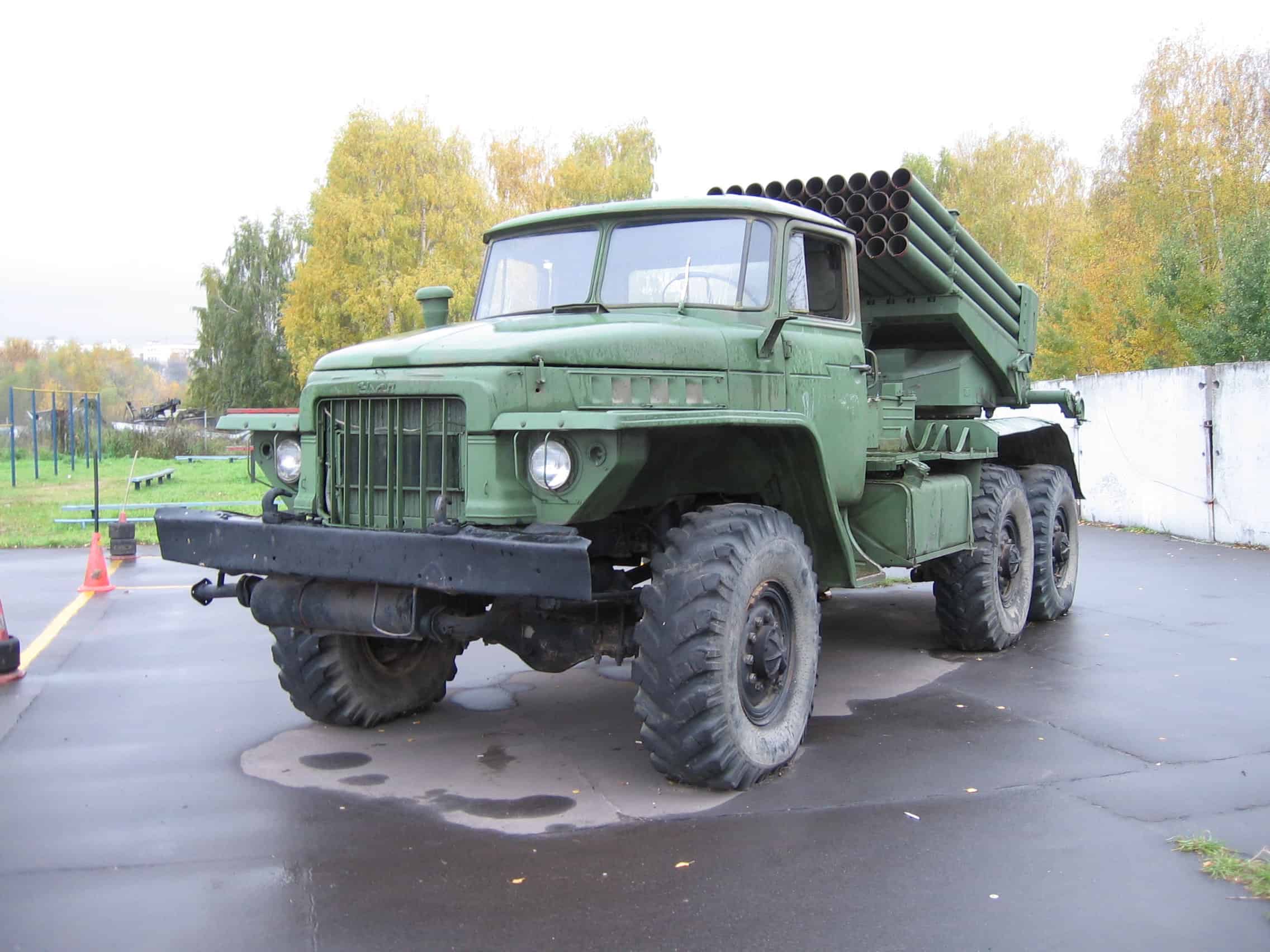
For a country with a population of 18 million, Ecuador operates a fairly sizable military force with 41,000 active personnel. It has over 155 artillery units with the majority being towed. Ecuador has 55 tanks and 35 MLRS units, which fall into its total of 5,600 military vehicles.
Throughout the 20th century, Ecuador experienced multiple military coups, most notably in 1972 when General Guillermo Rodríguez Lara took control of the government. His rule lasted until 1979, when the country shifted back to democratic rule. However, like many other South American countries, the people were wary of military power.
Today, the main responsibilities of Ecuador’s military are protecting its national sovereignty, addressing security threats like drug trafficking, and providing disaster relief where needed.
Venezuela has nearly 110,000 active military personnel, but this is dwarfed by its paramilitary forces numbering around 220,000. Much of these paramilitary forces like the Bolivarian Militia are made up of citizens. In terms of artillery, Venezuela has 164 total units that are fairly split between towed and self-propelled. The country has a 180 tanks and 36 MLRS units, which help make up its nearly 15,000 military vehicles.
This country in particular is an interesting case study in militaries in South America. Some might argue that Venezuela is still under military rule, and that it has not returned to democratic rule like other nations on the continent.
Although the country had returned to democratic rule in the 1950s after suffering a number of coups and instability, it would ultimately revert back in 1999 when Hugo Chavez rose to power. Chavez was a former military officer and gained popularity with the citizenry, enough to create a citizen militia that blurred the lines between politics and military.
Chavez’s successor, Nicolas Maduro, is currently in power and he is seeking a third term as the President of Venezuela. Again, critics will argue the electoral process in Venezuela is less than transparent. However, one thing Maduro has done is grow the military.

In total, Argentina’s armed forces are considered the second strongest on the continent. It boasts nearly 110,000 active personnel and 229 military aircraft. On the world stage, Argentina ranks in the top 30 armed forces in terms of military strength.
In terms of its artillery, Argentina has 222 total artillery units, nearly 350 tanks and 26 MLRS units.
Throughout the 20th century, Argentina suffered through multiple wars and dictatorships. This largely crafted how the Argentine Armed Forces handles itself today.
One of the most infamous instances was the Dirty War that took place from 1976 to 1983. General Jorge Rafael Videla overthrew the government and, through the military, targeted people it suspected of opposing the government, resulting in the disappearance, torture, and death of thousands. This was part of a larger collaboration, Operation Condor, between dictatorships across the continent.
Ultimately, this dictatorship would come crashing down when Argentina fought the Falklands War against the United Kingdom. The defeat was a major blow to the dictatorship and resulted in the people turning against the government and back towards democratic rule. With this push, the military waned in influence in the decades to come.
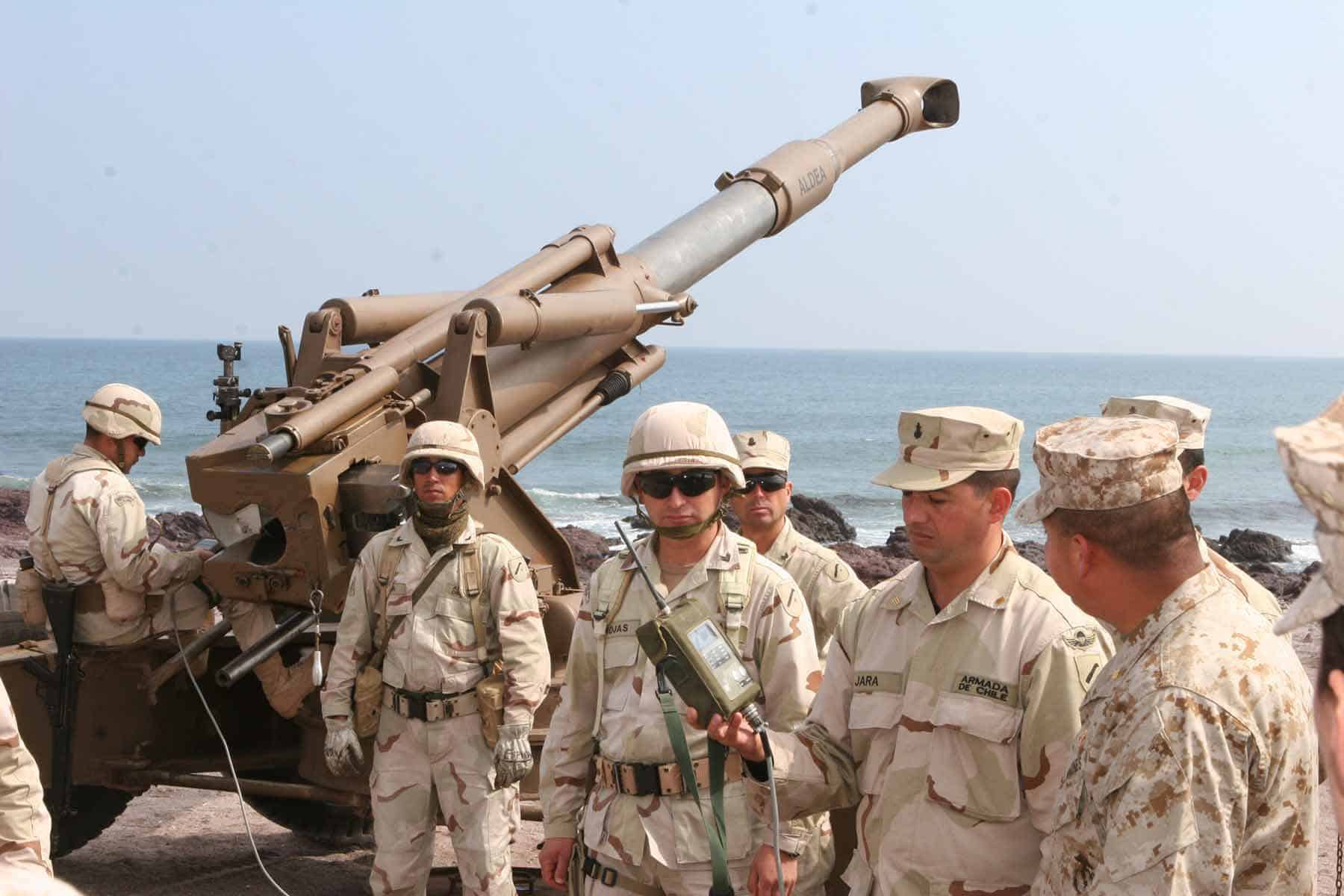
Chile’s military has around 80,000 active personnel in total. In terms of artillery, Chile has 273 units, with the majority being towed. It has 270 tanks and 20 MLRS units, as well as about 9,500 military vehicles total.
Chile also operates one of the larger air forces in South America with nearly 300 military aircraft in its fleet. Like its neighbors, Chile has an interesting history of military and politics.
Known as one of the most brutal dictators of South America, General Augusto Pinochet took control of the Chilean government in 1973. Pinochet ruled as a military dictator until 1990, with many human rights abuses and political repression. The military also saw a massive expansion during this time adding tanks and aircraft to its arsenal.
Pinochet was also famous for his involvement in Operation Condor, where dictatorships across the continent moved to snuff out or suppress their political rivals in a collaborative effort. This covert operation would ultimately strengthen the military’s grasp over Chile and any dissidents that might oppose it.
After Pinochet lost power in 1990, the military was relegated to a much lesser role. Since then, the military has focused more on national security as well as disaster relief, especially since Chile is prone to natural disasters like earthquakes and tsunamis.
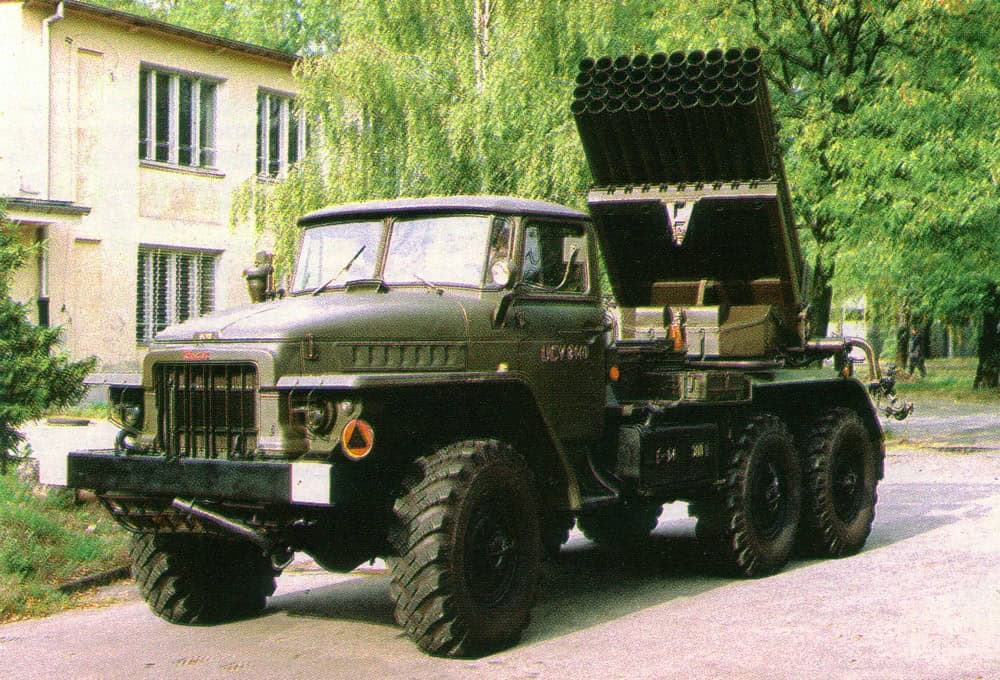
Currently, the Peruvian military consists of 120,000 active personnel. It operates over 250 aircraft and nearly 8,000 military vehicles. In terms of its artillery strength it comes in second in South America with nearly 300 units. It also have over 260 tanks and 73 MLRS units.
Peru has a long military history, including several coups and times of military rule. These events helped shape the Peruvian Armed Forces into what they are today, with more of a focus on security and defense. Even though the military now has a smaller role, it is still one of the stronger forces in South America.
General Juan Velasco Alvarado held power over the country between 1968 and 1980, ultimately implementing land reforms and nationalizing key industries. Ironically, Velasco was overthrown in another military coup by General Francisco Morales Bermudez, who actually moved the country back towards a democracy.
In recent decades, the Peruvian military was involved in counterinsurgency operations, notably against the Shining Path, a far-left guerilla group. While the government eventually cut down the group’s influence, the Peruvian military continues to combat what’s left of the group in remote areas of the country. Outside of that, Peru’s military primarily operates in peacekeeping missions and disaster relief.
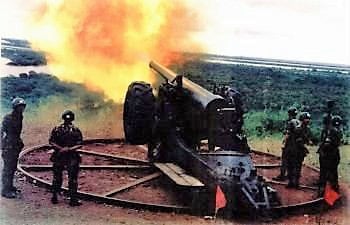
Currently, Brazil operates the largest artillery force in South America, far outstripping the runner up with more than twice the numbers. It has 632 artillery units, 469 tanks, and 78 MLRS units.
Out of all the countries in South America, Brazil is considered to have the strongest military force. Officially known as the Brazilian Armed Forces, it consists of three branches, Army, Navy, and Air Force. Like every other nation on this list, Brazil had its brush with coups and military dictatorships.
One of the most important periods in time for this country began in 1964, when the military took control of the government. In the wake of the coup, the military regime carried out countless human rights abuses and censored its people. By 1985, Brazil returned to a civilian government but unlike its neighbors, the military still held significant sway for some time.
Now, Brazil’s military is primarily focused on national defense. It has conducted peacekeeping missions with the United Nations to countries like Haiti and Lebanon. The military also works to protect the Amazon rainforest from illegal activities like deforestation or drug trafficking.
Retirement can be daunting, but it doesn’t need to be.
Imagine having an expert in your corner to help you with your financial goals. Someone to help you determine if you’re ahead, behind, or right on track. With SmartAsset, that’s not just a dream—it’s reality. This free tool connects you with pre-screened financial advisors who work in your best interests. It’s quick, it’s easy, so take the leap today and start planning smarter!
Don’t waste another minute; get started right here and help your retirement dreams become a retirement reality.
Thank you for reading! Have some feedback for us?
Contact the 24/7 Wall St. editorial team.